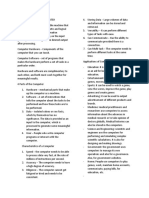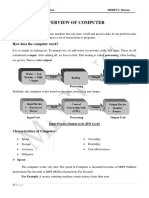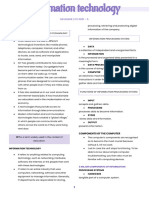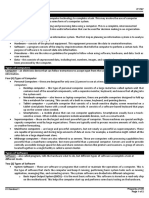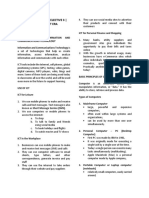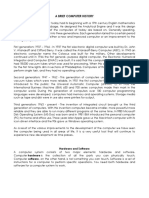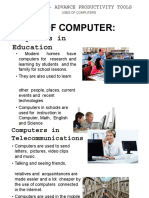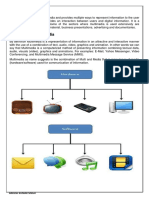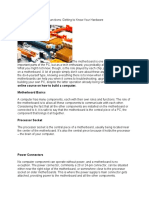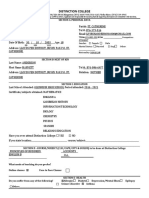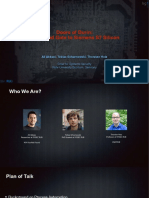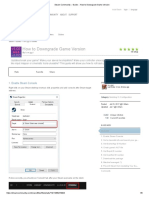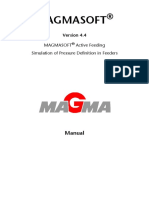0% found this document useful (0 votes)
779 views41 pagesThe System Unit Processing and Memory
The document provides an overview of the key hardware components inside a computer system unit, including the motherboard, CPU, memory (RAM, ROM), chips, buses, ports, and expansion slots. It describes how these components work together and how data and programs are processed. Strategies for speeding up current systems include adding memory, upgrading hardware like the CPU and graphics card. Future trends may involve organic, nanotechnology-based computers and new materials.
Uploaded by
Liviesh AndersonCopyright
© © All Rights Reserved
We take content rights seriously. If you suspect this is your content, claim it here.
Available Formats
Download as PPT, PDF, TXT or read online on Scribd
0% found this document useful (0 votes)
779 views41 pagesThe System Unit Processing and Memory
The document provides an overview of the key hardware components inside a computer system unit, including the motherboard, CPU, memory (RAM, ROM), chips, buses, ports, and expansion slots. It describes how these components work together and how data and programs are processed. Strategies for speeding up current systems include adding memory, upgrading hardware like the CPU and graphics card. Future trends may involve organic, nanotechnology-based computers and new materials.
Uploaded by
Liviesh AndersonCopyright
© © All Rights Reserved
We take content rights seriously. If you suspect this is your content, claim it here.
Available Formats
Download as PPT, PDF, TXT or read online on Scribd
/ 41





